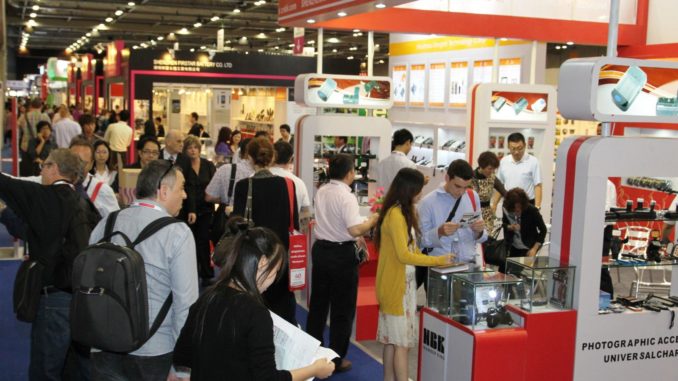
If you are currently visiting Hong Kong trade show such as Global Sources or HKTDC, or even if you are attending the Canton fair, then you might be looking for valuable and capable vendors able to supply you with high quality products and competitive price.
At the trade show they are usually hundred and hunger of booth it not thousand. As Hong Kong trade show and Canton fair are usually short (4 days most of time per phase), you might not be able to see everything. As I explained it in other articles of this blog, when purchasing or importing goods from China, you should as much as possible avoid working with trading companies and middle. Previously, I explained that the main issue with this kind vendor profile is that most of time they add up a layer of opacity in the supply chain. Opacity bring complexity to manage the supply chain, particularly when difficulties or control has to be operated on quality management, traceability or even social or environmental compliance.
For this reason, when being at Hong Kong or Canton trade fair you may not want to waste your time discussing with trading companies. In this articles I give a few tips and tricks about how to identify trading companies at trade show in only a few seconds. See below:
# Displayed product range
Watch out a product range. Trading companies tend to have a wider range of product displayed on their booth. Quite often they may have a big catalog of products serving them as a one size fit all one stop shop scheme. Hong Kong trading companies have quite often this profile: they act as a one stop shop middlemen. It can tempting to work with such vendors because after all they have everything in one single catalog and they manage all the other parts, yet if you do so, and if the trading company you work with is not transparent with you, you will just loose control on your supply chain
A Chinese factory is usually focusing on one type/category of product because they want to leverage their manufacturing scaling capability on production and want limit investment in R&D. They may have invested in tooling, machines, inventory, and workforce already trained for a certain type of product, so provoking changes in a physical structure is usually not well welcomed because the return on those investment would not be enough substantial.
Obviously some time an assembler may have different type of product but they are rarely too much different. This is at least what I observe from Chinese factories.
# Company address
After several year of going trough China I can tell quickly if a company is a factory or not. There are mostly two factors you can look at:
First, the level floor in a building where a company is located. If you have already visited chins factories, you probably noticed that factories building in China are rarely taller than 5 floors. So, if you approach a booth in Hong Kong trade show and the company address is on the 32h floor of a building, then you can be pretty sure this company is not a factory but a trading company.
Second is city typology. Some cities in China are transforming themselves. For example, Shenzhen is currently pursuing a plan to turn around his image of factory city into financial, service and technology city. What does this mean ? It means the government wants to eradicate manufacturing and industrial activity from the city center so they can build big tower for office use. Not only does it enhance the city image as being a modern city but also it is more profitable to build one thousand office in a big tower occupying a small land space rather than a build of 5 floor with only a few offices.
What the government is doing is to push out those « non noble » manufacturing activities out of cities center to the peripheral area. For example, in Shenzhen, the government is pushing manufacturing activities mostly at the north of the city in Baoan, Longhua and Longgang area. There almost no factories anymore in Nanshan (apart a bit in the north of Nanshan), in Futian and Luohu district, very few in Shekou. In Shanghai this is similar: no manufacturing activities near the city center.
When you understand Chinese cities typologies, you understand quickly which kind of company can be settled where. If you see a factory address in the middle of downtown of Shenzhen, then probably this company is not a manufacturing company but rather a trading.
Notes about exceptions: sometimes factories are not located in cities center but have a rep office with a show room in the city center. Yet, in this case, the company may indicate both dress on their leaflet, business card and other catalog. Most of time they will mention this address in the city has being a rep office.

Leave a Reply